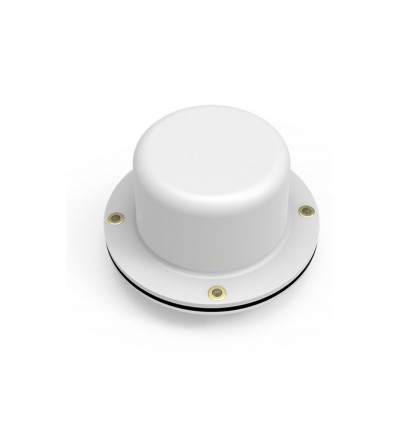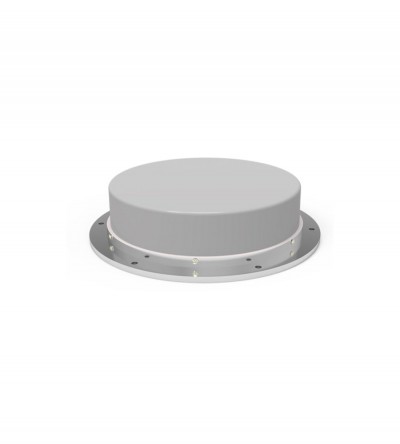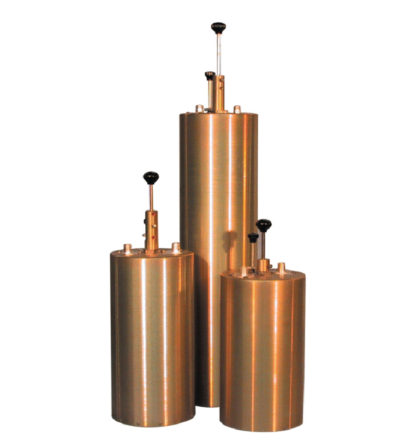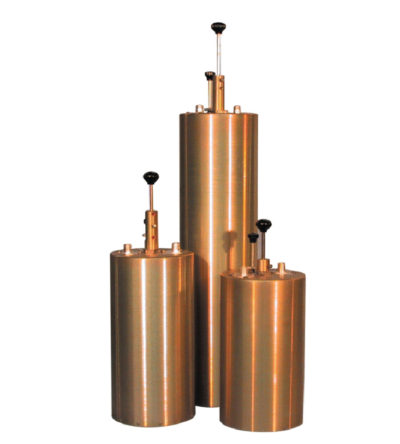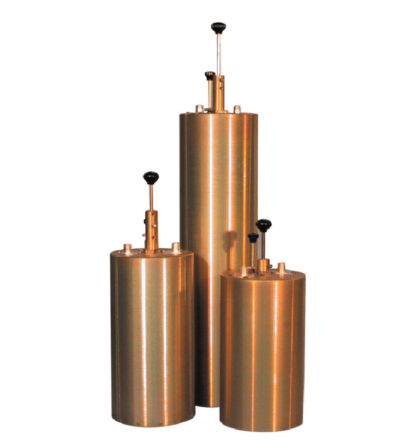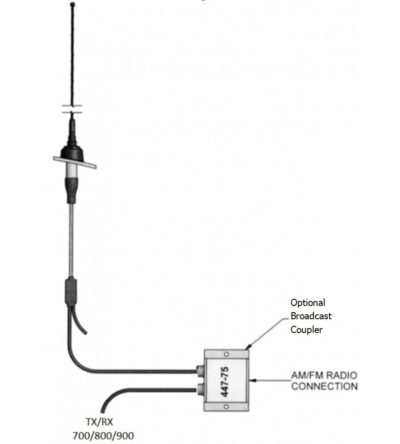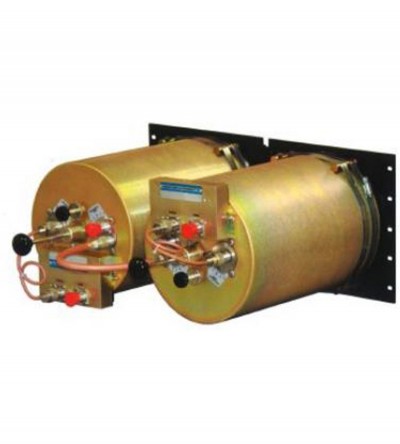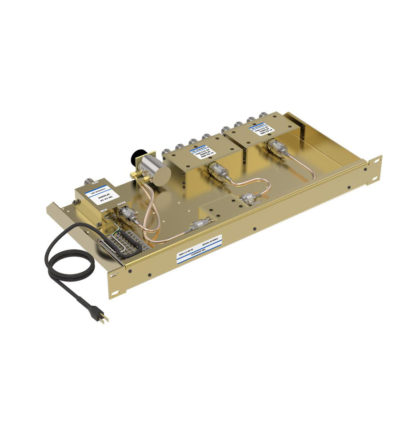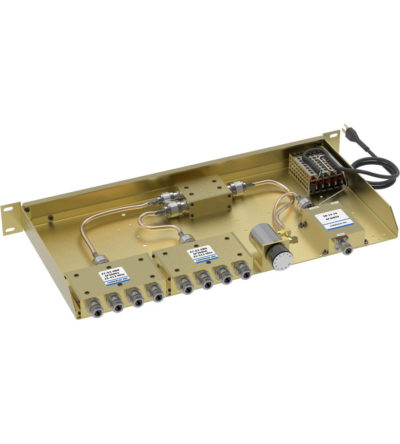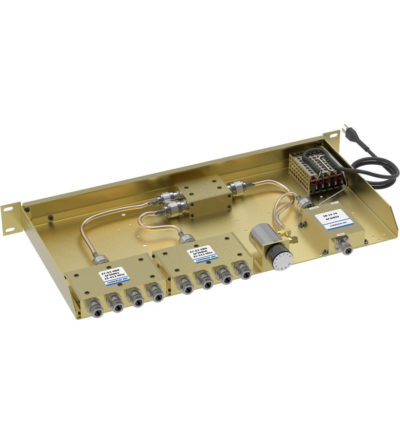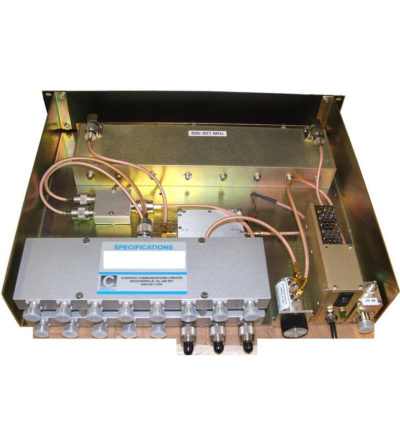- When mounted on a horizontal surface, maximum radiation is omnidirectional and vertically polarized
- Standard, folded radiator housed in a sturdy high impact ABS radome
- Supplied with a mounting gasket to ensure a moisture-proof installation
-
 Ideal for low clearance applications such as those found on trains, mass transit vehicles, construction equipment and police and emergency vehicles
Ideal for low clearance applications such as those found on trains, mass transit vehicles, construction equipment and police and emergency vehicles -
 Ideal for low clearance applications such as those found on trains, mass transit vehicles, construction equipment and police and emergency vehicles
Ideal for low clearance applications such as those found on trains, mass transit vehicles, construction equipment and police and emergency vehicles- Compact, low profile antennas in weatherproof ABS radomes
- When mounted on a horizontal surface, maximum radiation is omnidirectional and vertically polarized
- Space diversity design that provides greater communication reliability in a fading environment
- Supplied with an O-ring to ensure a moisture-proof installation
-
 Individually calibrated to ensure the best performance in a disguised appearance
Individually calibrated to ensure the best performance in a disguised appearance- Two or three separate frequency segments in a given mobile band
- Cross-channel operation in two mobile bands with one antenna
- Alternative antennas to an OEM version will be recommended, where required (e.g. Euro-style, or universal mount traditional whip)
-

 Ideal for combining multiple Rx frequencies onto the same antenna
Ideal for combining multiple Rx frequencies onto the same antenna- Available in 2, 4, 8, 12, 16 and 32
- Simple and cost-effective design
- Standard 19” Rack Mount (RM) or cavity-mounted (CM) versions
- Each unit consists of a power splitter and an RF amplifier.
- Plug-in Power Supply (PS) optional
-

 Ideal for combining multiple Rx frequencies onto the same antenna
Ideal for combining multiple Rx frequencies onto the same antenna- Available in 2, 4, 8, 12, 16 and 32
- Simple and cost-effective design
- Standard 19” Rack Mount (RM) or cavity-mounted (CM) versions
- Each unit consists of a power splitter and an RF amplifier.
- Plug-in Power Supply (PS) optional
-
 Combines multiple receiver frequencies onto the same antenna
Combines multiple receiver frequencies onto the same antenna- A low noise amplifier provides gain across the frequency band
- Low noise figure and low intermodulation generation
- Features up to 16 ports (24 and 32 port versions are available)
- -30 dB signal sampler port that can also be used to inject a signal

